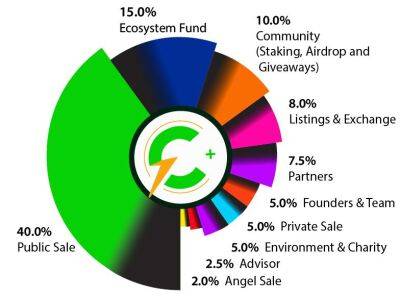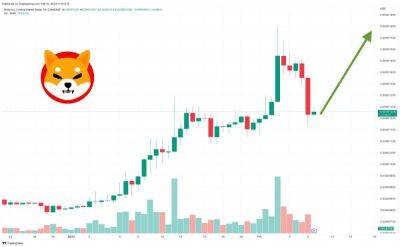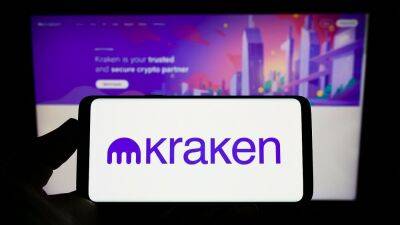Beyond Crypto: How Web3 Is Transforming the Creator Economy
Disclaimer: The Industry Talk section features insights by crypto industry players and is not a part of the editorial content of Cryptonews.com.
With more than 50 million creatives transforming their passions into a product, the creator economy is made up of all manner of influencers, digital artists, gamers, journalists, and bloggers who make great content and build up a growing fanbase.
The creator economy rose to prominence on Web2 platforms like YouTube and Instagram, but an emergent breed of services, such as Patreon, and Twitch are helping the growth of direct creator-to-fan content, sidestepping the traditional gatekeepers and opening the door to new methods of monetization.
However, those new platforms may soon be surpassed by the growth of Web3 technologies like blockchain, cryptocurrencies, non-fungible tokens, social tokens, and DAOs. These new concepts promise to transform the way creatives distribute content, claim ownership and monetize their work.
NFTs have become the most successful way for digital artists to monetize their work in the Web3 industry. Examples of popular NFTs include the Bored Ape Yacht Club and CryptoPunks, which are highly sought-after, limited edition collections of JPEGs that are traded on decentralized marketplaces, with their values based on their rarity and other traits, as well as their prestige.
By owning one of these NFTs, the holder essentially belongs to a kind of social club and can be entitled to lots of privileges, such as accessing an elite metaverse in the case of BAYC. The authenticity of each NFT holder’s ownership is publicly verifiable on the underlying blockchain it’s minted on.
NFTs are purchased with cryptocurrencies such as Ethereum and they have become an extremely
Read more on cryptonews.com

 cryptonews.com
cryptonews.com









